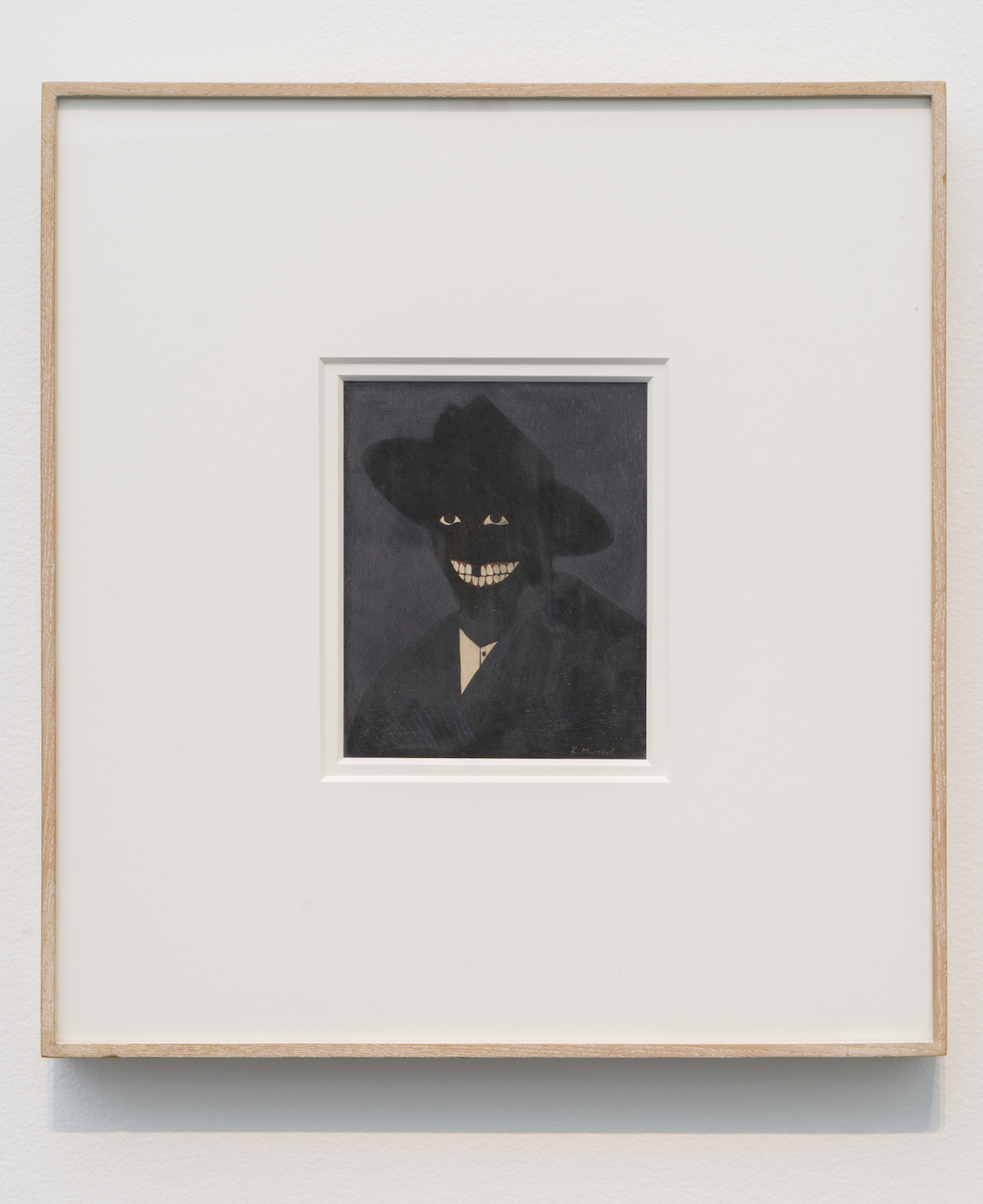
“Mastry,” the title of Kerry James Marshall’s retrospective at the Museum of Contemporary Art Chicago (MCA), is fitting to Marshall and his body of work. Marshall’s paintings combine strong technical ability, color, composition, content, history, contemporary politics, and gutsy aesthetic and conceptual decisions. In many of his paintings, Marshall even incorporates glitter, which can easily seem campy — but with Marshall’s touch, it is used in an elegant and non-overpowering way.
The exhibition comes at a pivotal moment of extreme racial strife and adversity within American culture. It may seem extreme, but it is fair to say that Marshall’s retrospective is the most important single-person show this year.
The curation of the show hardly needs mentioning, which is a good thing. The works are displayed in chronological order and by theme — the hair salon, the mystical, the housing project, glitter and romance, the religious, etc.
“A Portrait of the Artist as a Shadow of His Former Self,” 1980, shows a black man, depicted in Marshall’s signature style, with a very dark black skin tone, smiling with bright white teeth, missing the top middle tooth. The whites of his eyes pop dramatically against the dark painting. The blackness of the man on a dark background with pops of white creates an almost eerie effect. Marshall explores the black male identity, pushing the color black as far as he can, encouraging the viewer to think about the relationship between the painting and its relationship to the experiences of black men.
At the center of the exhibition is a setup of pillows, a television, and piles of magazine pages, allowing the audience to see how Marshall works through his imagery. A docent used the example that Marshall will picture a kind of chair that he wants to put into a painting and will consult his collection of images to find visual elements to base the chair on. This portion of the exhibition gives insight into how this new master creates his detailed, content-rich paintings.

Life drawing is only one characteristic of Marshall’s that could classify him as a new “old master.” His paintings are full of exceptionally-rendered figures and spaces. Marshall’s awareness of the cultural climate in the United States and his ability to communicate both the present problems while somehow hypothesizing about the future is what truly makes him a modern day master.
In the painting, “Could This Be Love,” 1992, Marshall depicts a couple in a bedroom. The figures themselves are painted in almost pure black; the woman lifts an orange-red dress above her head while the man stands beside her in a pair of white briefs. Both figures stare at the viewer. At the top of the large painting there is a line of music with corresponding lyrics from the Motown song called “Two Lovers.”
The words “La Venus Negro” is written on one side of the painting, right next to which is a small black statue of a woman with her arms behind her head — a black venus. In, “Could This Be Love,” Marshall brings up black heterosexual relationships, a nostalgia for motown music, and most importantly, black female identity.
“Mastry” includes the hair salon paintings, “De Style,” 1993, and “School of Beauty, School of Culture,” 2012. These paintings have a historical sensibility in both composition and scale, but also in their new recording of black culture. “School of Beauty …” makes strong art historical references, namely Hans Holbein’s “The Ambassadors,” but instead of a skull to represent momento mori, Marshall places a skewed image of Disney’s Sleeping Beauty at the bottom.
Aside from being widely and nationally important, Marshall’s work caters to School of the Art Institute of Chicago students in addressing what it means to be a black person and black artist today. Marshall balances references to history with cultural critique, without sacrificing aesthetics. By portraying black subjects in such a direct way, Marshall gives significant visibility to black lives and cultural production.
“Kerry James Marshall: Mastry” is on view at the MCA through September 25, 2016.







